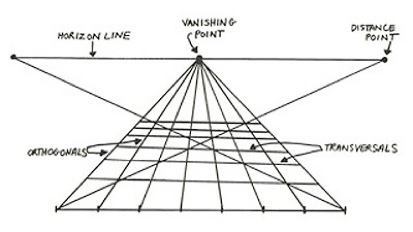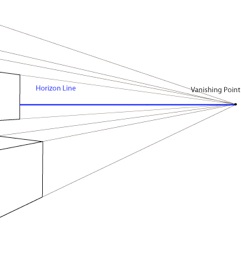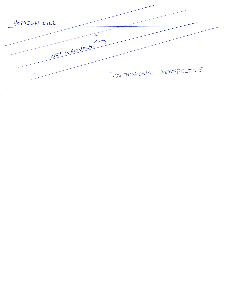Japanese Animation and New Media
Week Six: Chapter Ten: Structures of Depth
Sometimes Edo art is said to consist of loose off-center arrangements of forms and colours without any system of perspective. It is true that perspective in Edo art is not highly systematic, and it often experiments with more than one viewing position. Nonetheless, as we have seen, there is a pronounced tendency to arrange the different planes or layers of the image on the basis of diagonal or orthogonal lines traversing the composition. This loose system of depth is often called orthogonal perspective, but it is not to be confused with the lines that run toward the vanishing point in one-point perspective, which are sometimes called orthogonal lines.
And orthogonal perspective isn’t the same thing as moving the vanishing point toward the edge of the image, which increases the diagonal feeling of the image.
Rather orthogonal perspective uses orthogonal lines without a vanishing point.
If we return to Murakami Takashi’s observations about the ‘suppression of the gap or interval’ between different planes of the image due to the use of colour and line that makes the various layers of the image appear equally prominent, we see how ukiyo-e prints at once employ techniques of depth (background, middle ground, and foreground planes of the image) and appear very flat, even superflat. Take another look at his example from Hokusai’s Thirty-Six Views.






